Sledging study reports lots of head injuries and few helmets
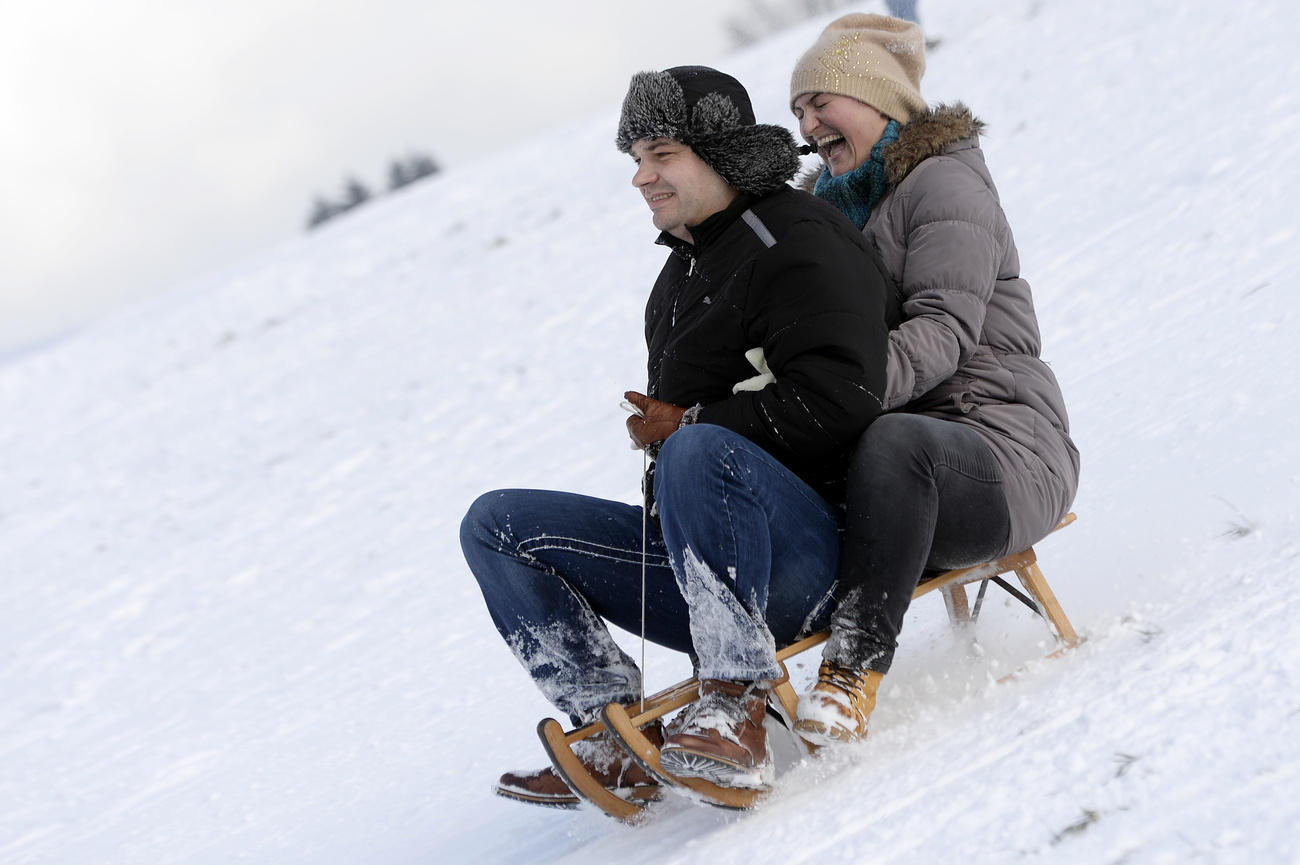
More than 6,500 sledging injuries are recorded each year in Switzerland, with every sixth injury being to the head, according to a study by the Swiss Council for Accident Prevention. Although a helmet would help, only around half of sledgers wear one.
No rookie skier or snowboarder would think of hitting a black run on their first day. When it comes to sledging, however, things are different: many people jump on board and just go for it, the council said in a statementExternal link on Tuesday.
“Good preparation, the right material and proper technique are crucial when sledging to reach the valley unharmed. Accident statistics show that not everyone takes this to heart,” it said.
Each year some 6,500 sledgers need medical attention after accidents, while on average one person dies. The majority of injuries involve only a single sledger, although collisions also occur, for example with other people, trees, barriers, posts or cars.
Bare heads
Some 15% of sledging injuries affect the head, including serious skull and brain injuries. “Whoever wears a helmet has a significantly lower risk of injuring their head in the event of a fall or collision,” the council said.
Almost half of people going sledging do so without a helmet, the study showsExternal link. This hasn’t really changed since 2012. A comparison with skiers is striking at all ages: while 99% of children and teenagers wear helmets on snowboards and skis, only 80% do so when sledging. Only 43% of adults sledge with a helmet, compared with 92% when skiing or snowboarding.
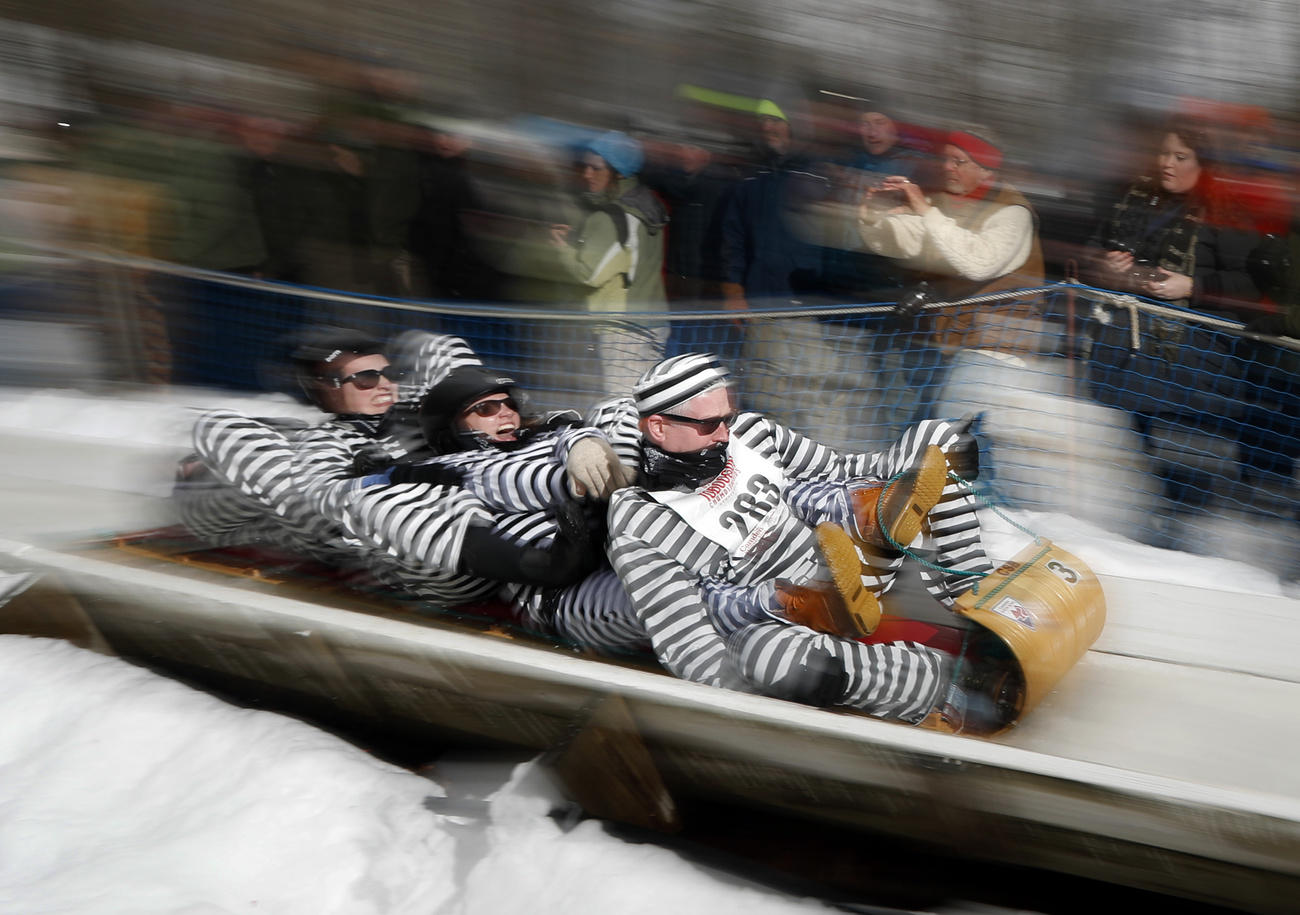
The Swiss Council for Accident Prevention says some of the accidents are linked to the type of transport. Classic sledges such as the “Davoser” or the “Grindelwalder” – wooden sledges with steel runners – are intended to transport goods, not humans.
“But if you use a toboggan, you can steer more easily and more precisely,” the council advised. Toboggans are long and flat and curl up at the front.
Sledging safety
– Use a toboggan. This can be more easily controlled than a conventional wooden sledge.
– Wear high-ankled, sturdy shoes with a good tread. Consider additional brake-soles.
– Wear a snow-sports helmet.
– Sledge only on marked sledge/toboggan routes, obstacle-free paths or slopes.
– Do not sledge headfirst and do not tie sledges together.
– Do not sledge under the influence of alcohol.
– Look out for other people: give others space when overtaking, don’t stop in the middle of the piste and look all around before stopping and starting.
– Comply with the 10 sledge rules of conductExternal link.
(Source: Swiss Council for Accident Prevention)
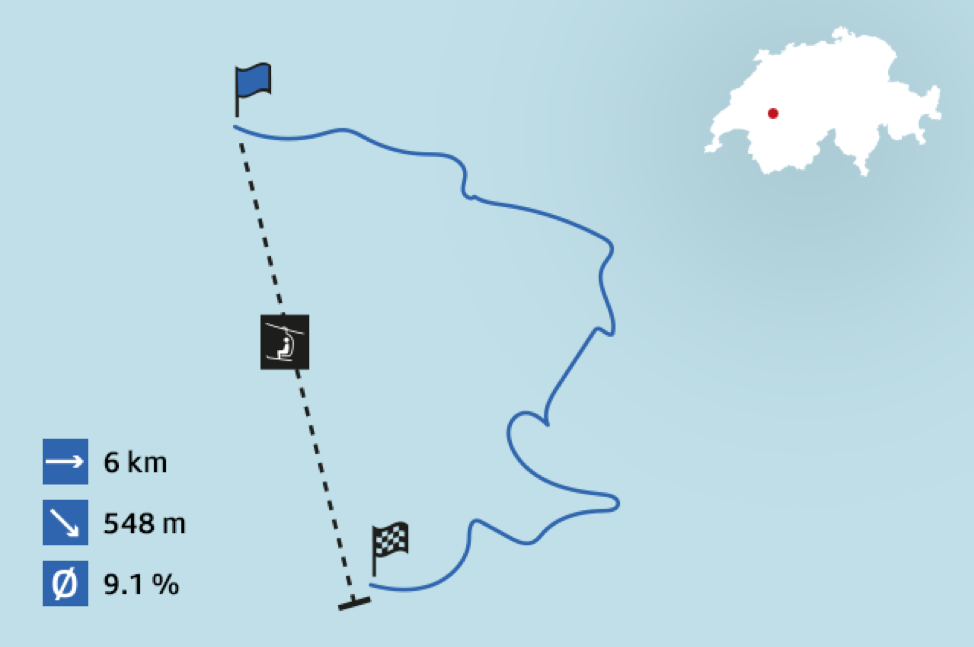
More
How to make it down a sledge route in one piece

In compliance with the JTI standards
More: SWI swissinfo.ch certified by the Journalism Trust Initiative
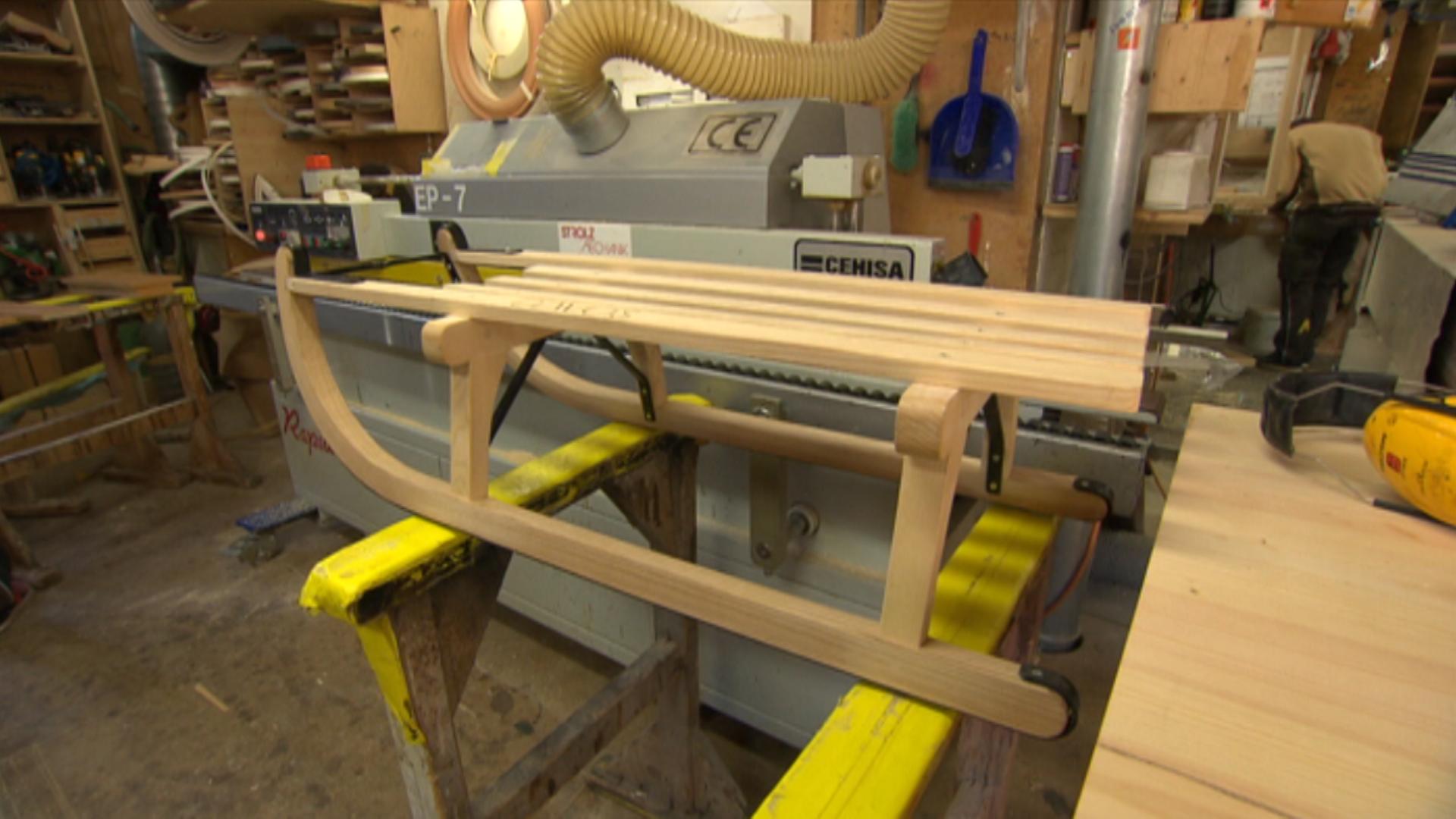

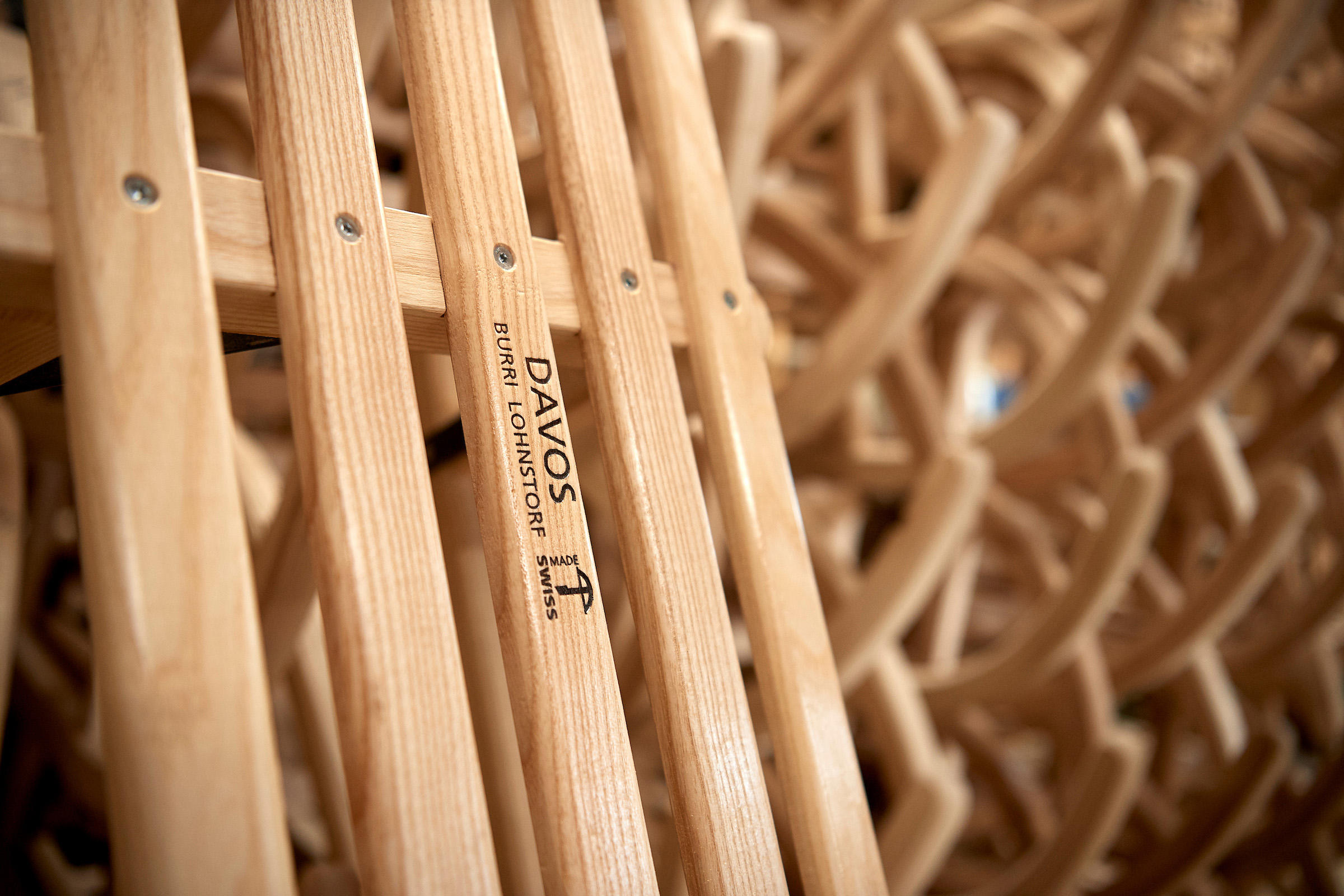
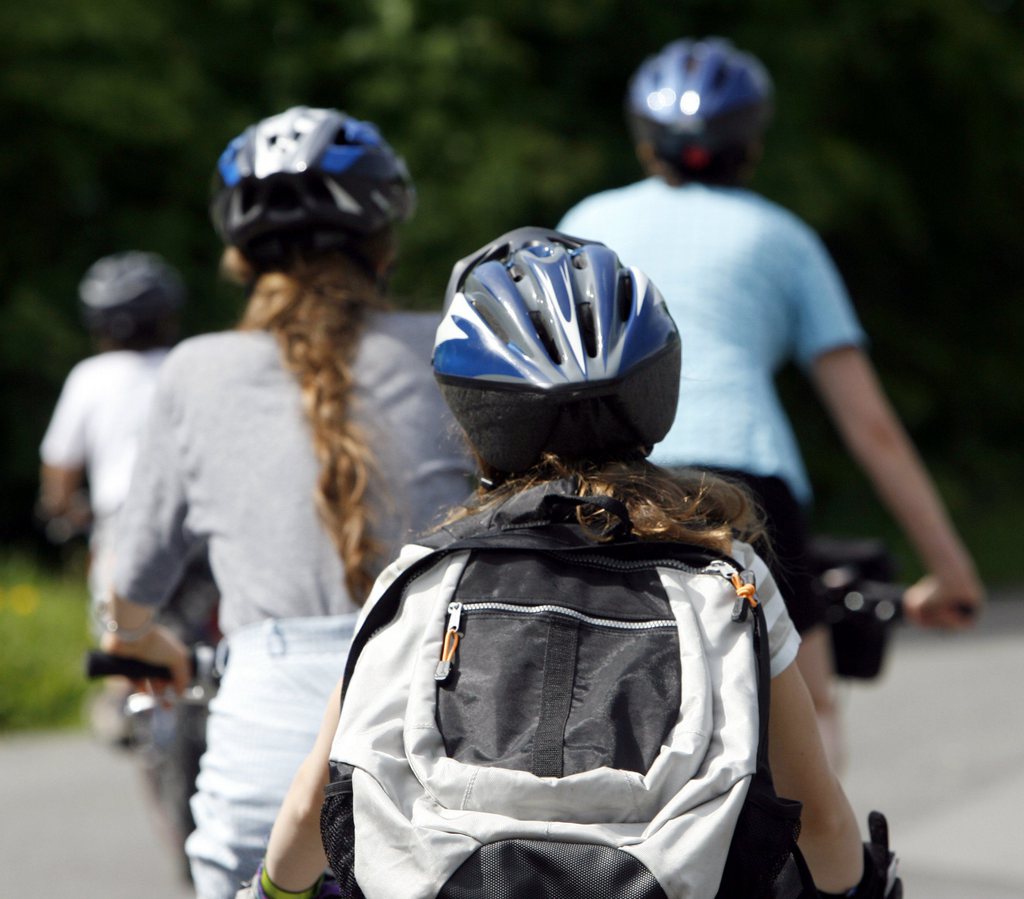
You can find an overview of ongoing debates with our journalists here. Please join us!
If you want to start a conversation about a topic raised in this article or want to report factual errors, email us at english@swissinfo.ch.